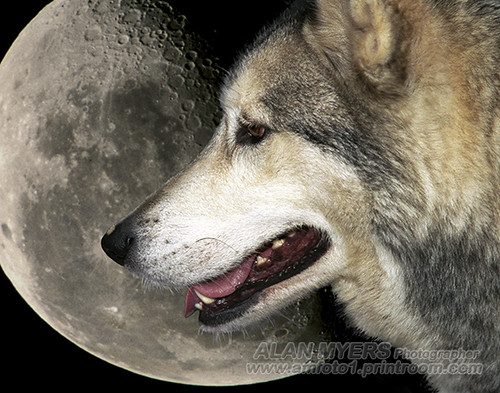Moon photo tips
Aug 4, 2014 19:22:21 #
custodian
Loc: New York
Jim Peters wrote:
First Check The Area That You Are Working At.Make Sure There Are No Young Girls In Bikinis Around. They Will Jump In Front Of Your Camera In An Instant. Blocking Out That Great Moon Shot!
LOL! that is cute!
Aug 4, 2014 19:47:19 #
TonyB wrote:
here is one from the other day. It was about half an hour before sunset and the sky was a misty blue. I think the ISO was a bit too high and this caused grain in the darker areas. The camera was my HS50EXR with quite a small sensor (1/2.0")
That is nearly identical to the shot I posted.
Aug 4, 2014 20:36:24 #
amfoto1 wrote:
Some things not yet mentioned, or only mentioned b... (show quote)
It Would Be, But It Will Cost You To See it!
Aug 4, 2014 22:36:58 #
I use spot metering at F11-No guessing then as a starting point. The moon is moving surprising fast so get as fast shutter speed as you can.
Aug 5, 2014 02:41:54 #
MacroChick wrote:
Any one have any tips on getting good moon photos ... (show quote)
iso1600,f8,1/320,560mm
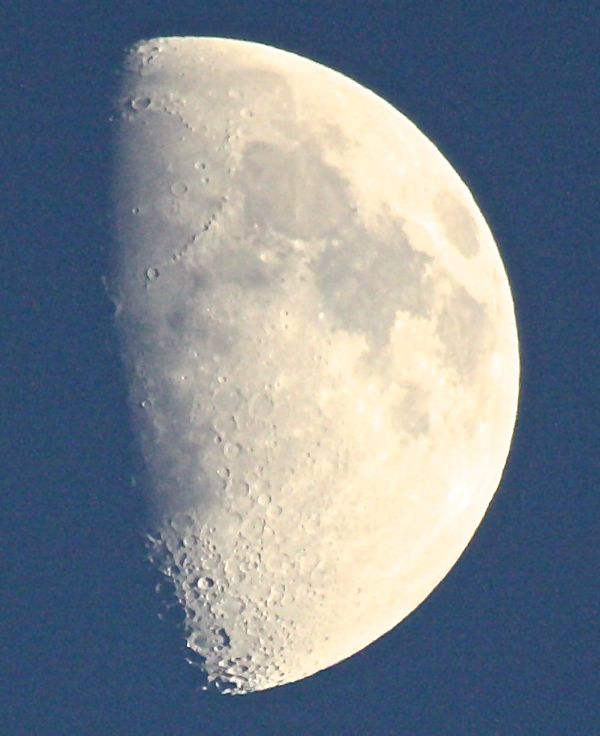
(Download)
iso1600,f8,1/200,560mm
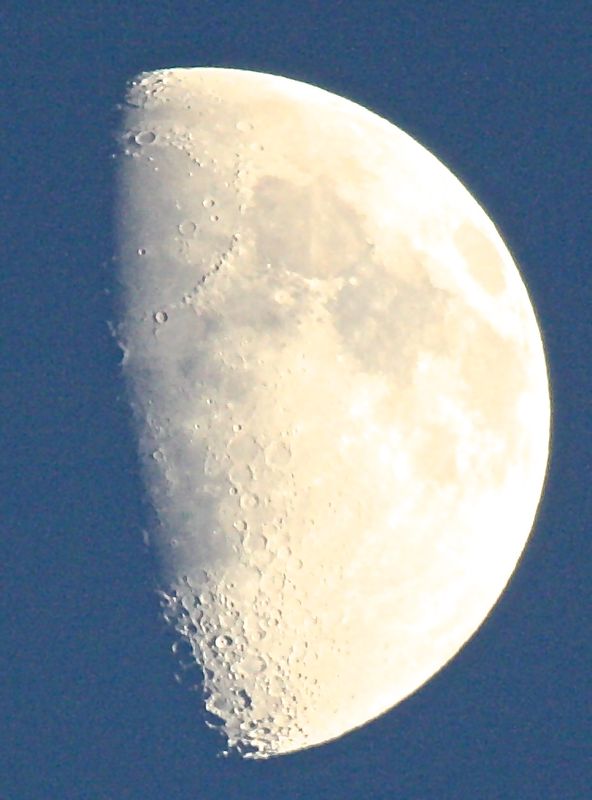
(Download)
iso1600,f8,1/250,560mm
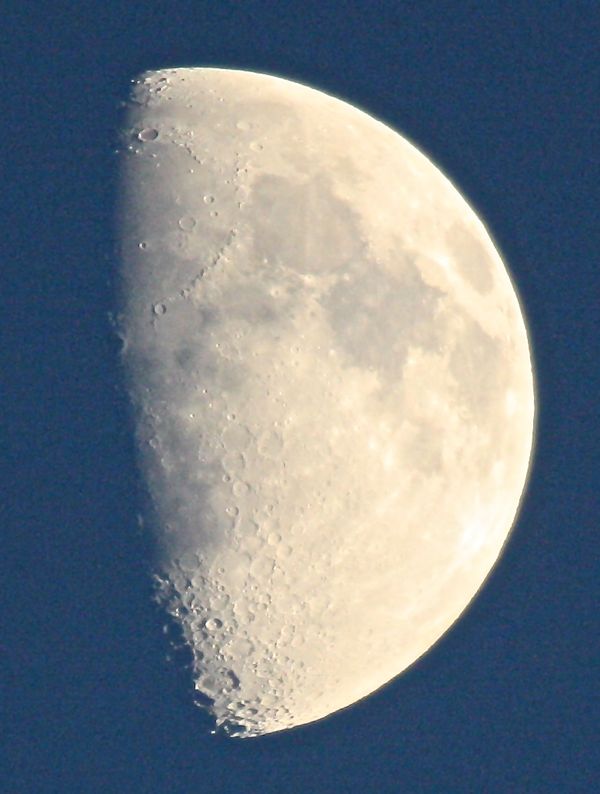
(Download)
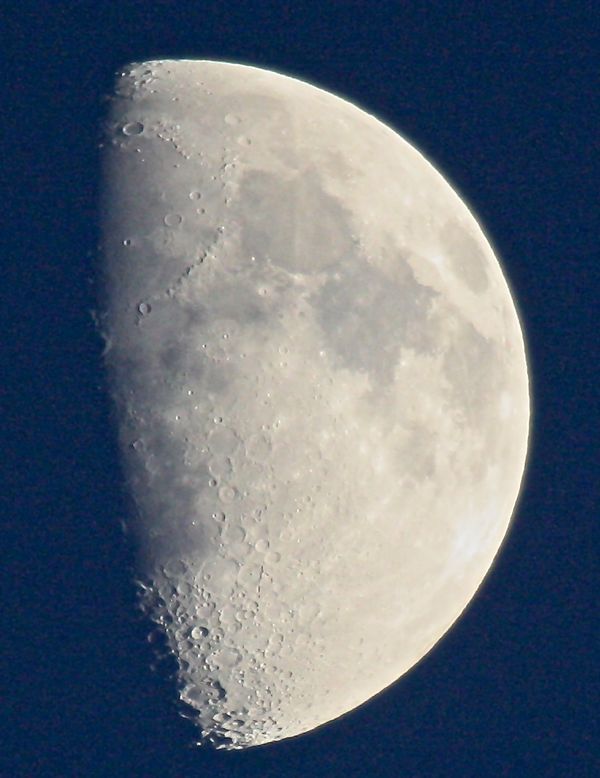
(Download)
iso-200,f8,1/250,560mm
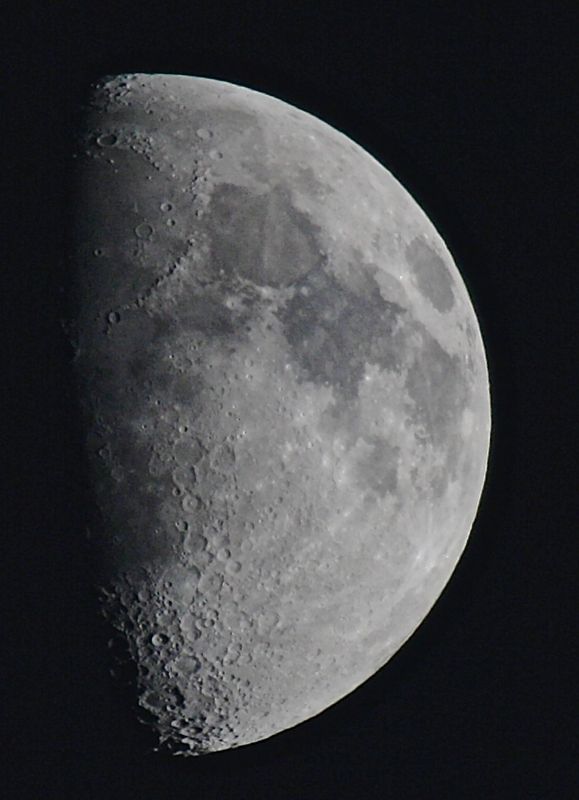
(Download)
Aug 5, 2014 02:58:24 #
My message got mixed up with yours.
I took these tonight and hope the settings help. Some were taken just before dark on autu ISO.
I am using a Canon Rebel XS with a 100-400L with a Kenko 1.4 TC.
Ray.
I took these tonight and hope the settings help. Some were taken just before dark on autu ISO.
I am using a Canon Rebel XS with a 100-400L with a Kenko 1.4 TC.
Ray.
Aug 5, 2014 03:37:07 #
mongoose777
Loc: Frisco Texas
Jim Peters wrote:
First Check The Area That You Are Working At.Make Sure There Are No Young Girls In Bikinis Around. They Will Jump In Front Of Your Camera In An Instant. Blocking Out That Great Moon Shot!
Well in that case I will be shooting it tonight.
Hmm, what setting do I use start seeing the Girls in Bikinis?
Nothing yet, but a stupid white blob with holes in it.
If you want to reply, then register here. Registration is free and your account is created instantly, so you can post right away.


